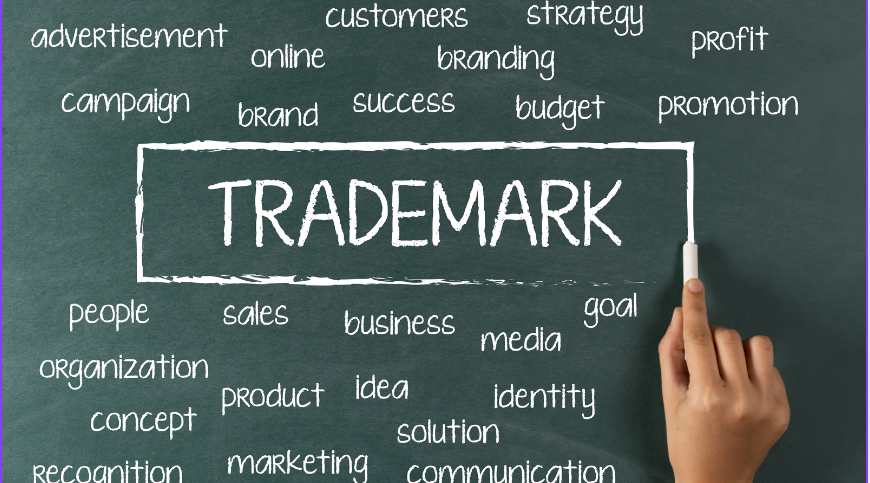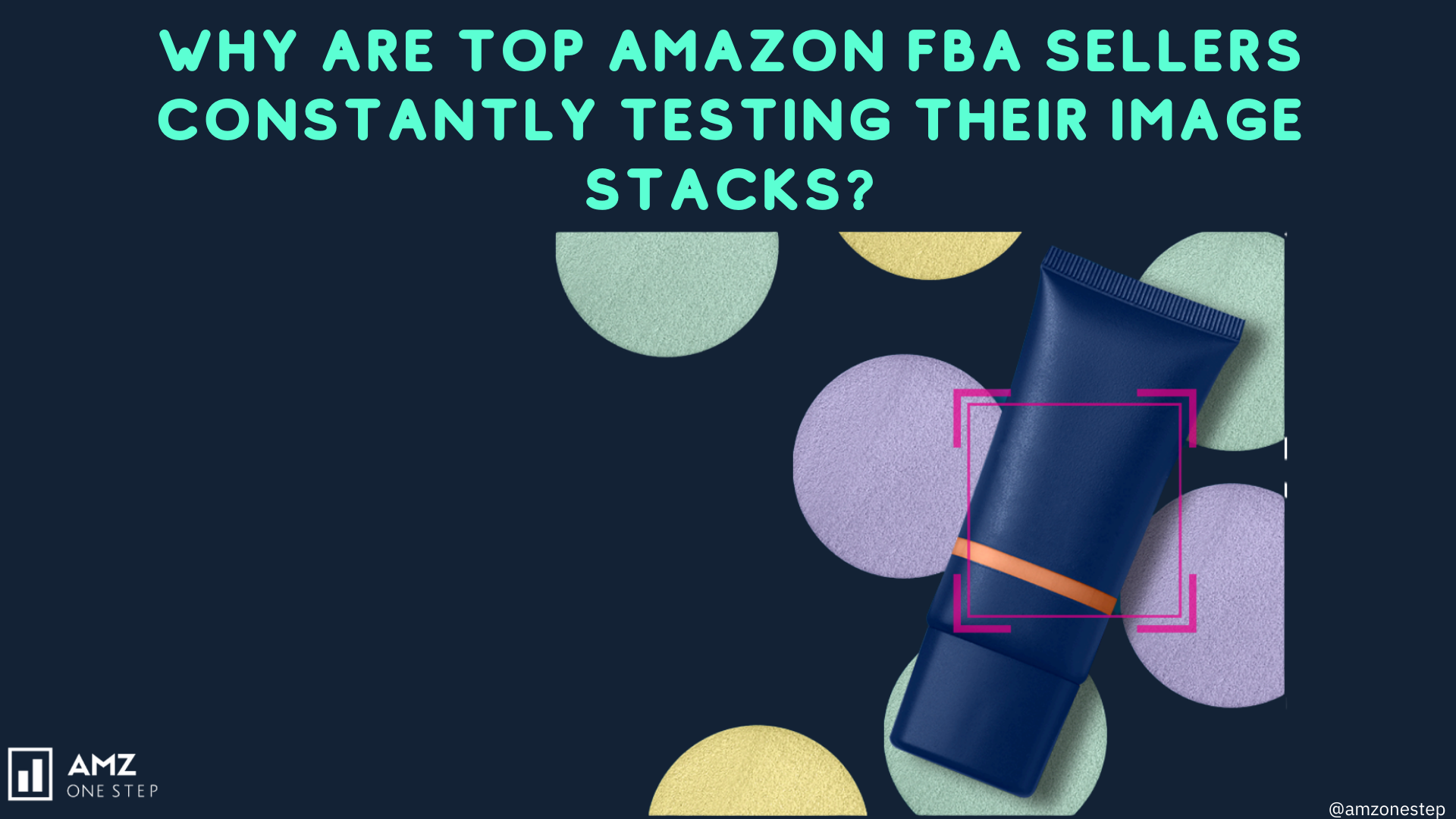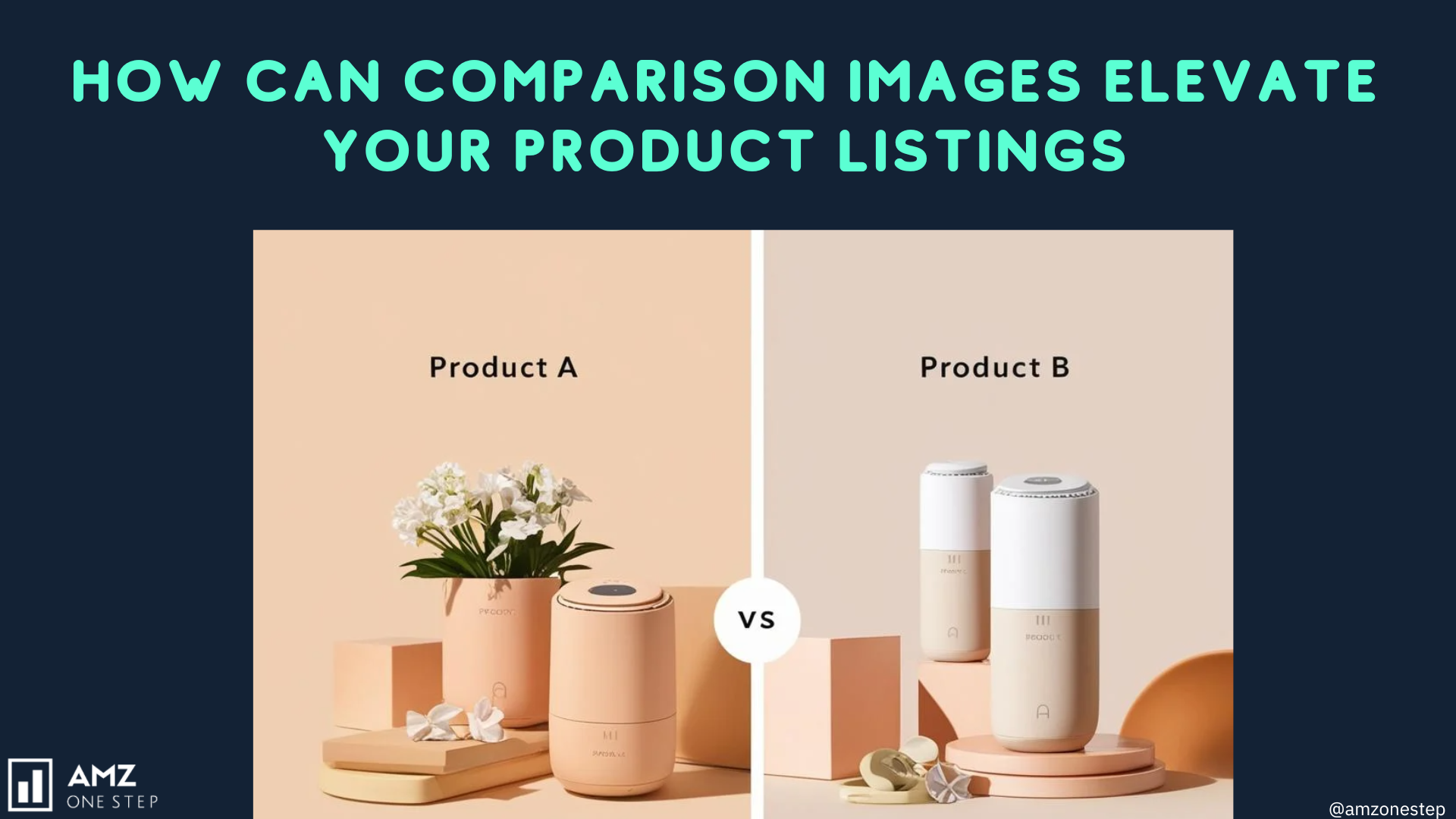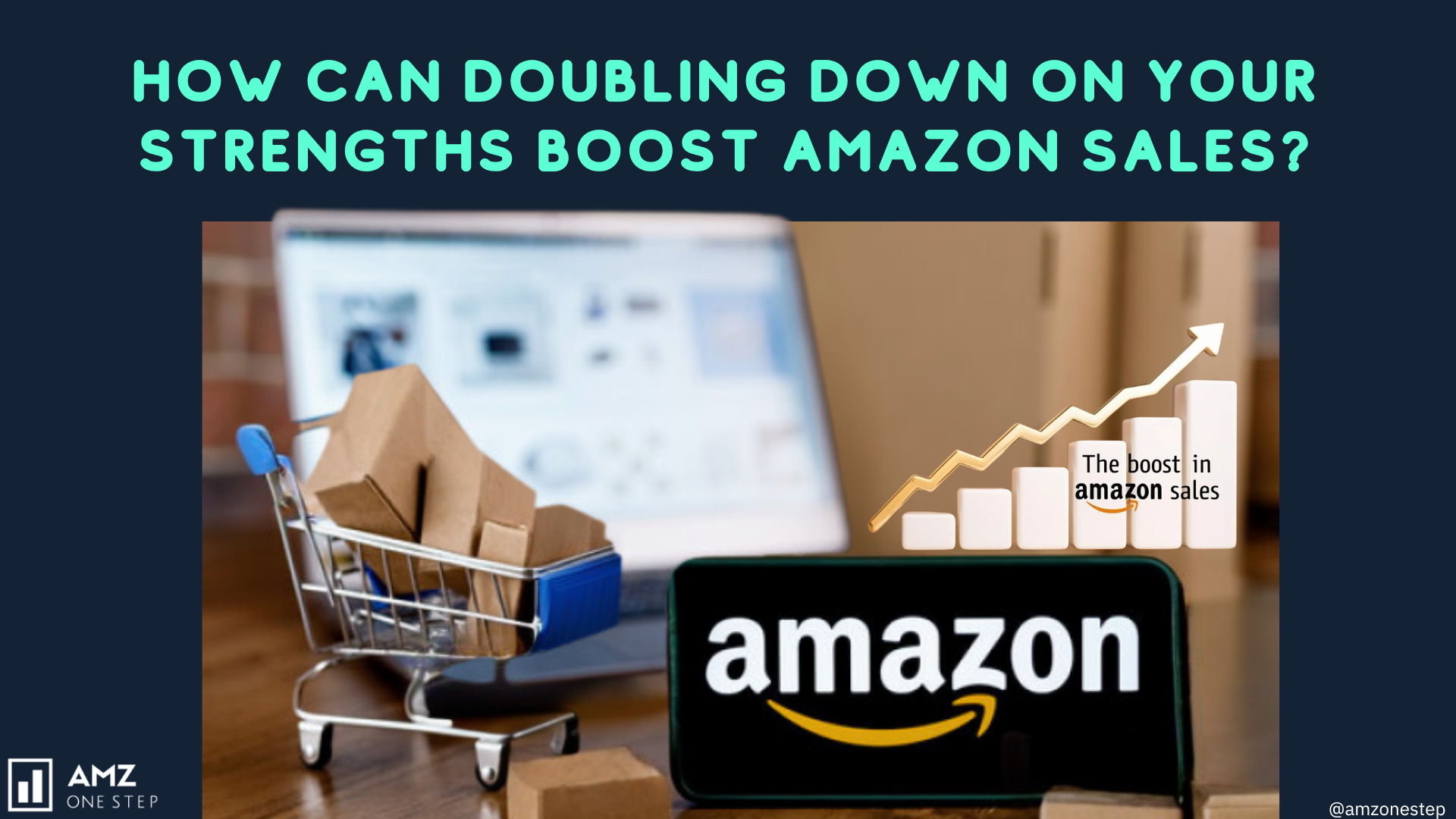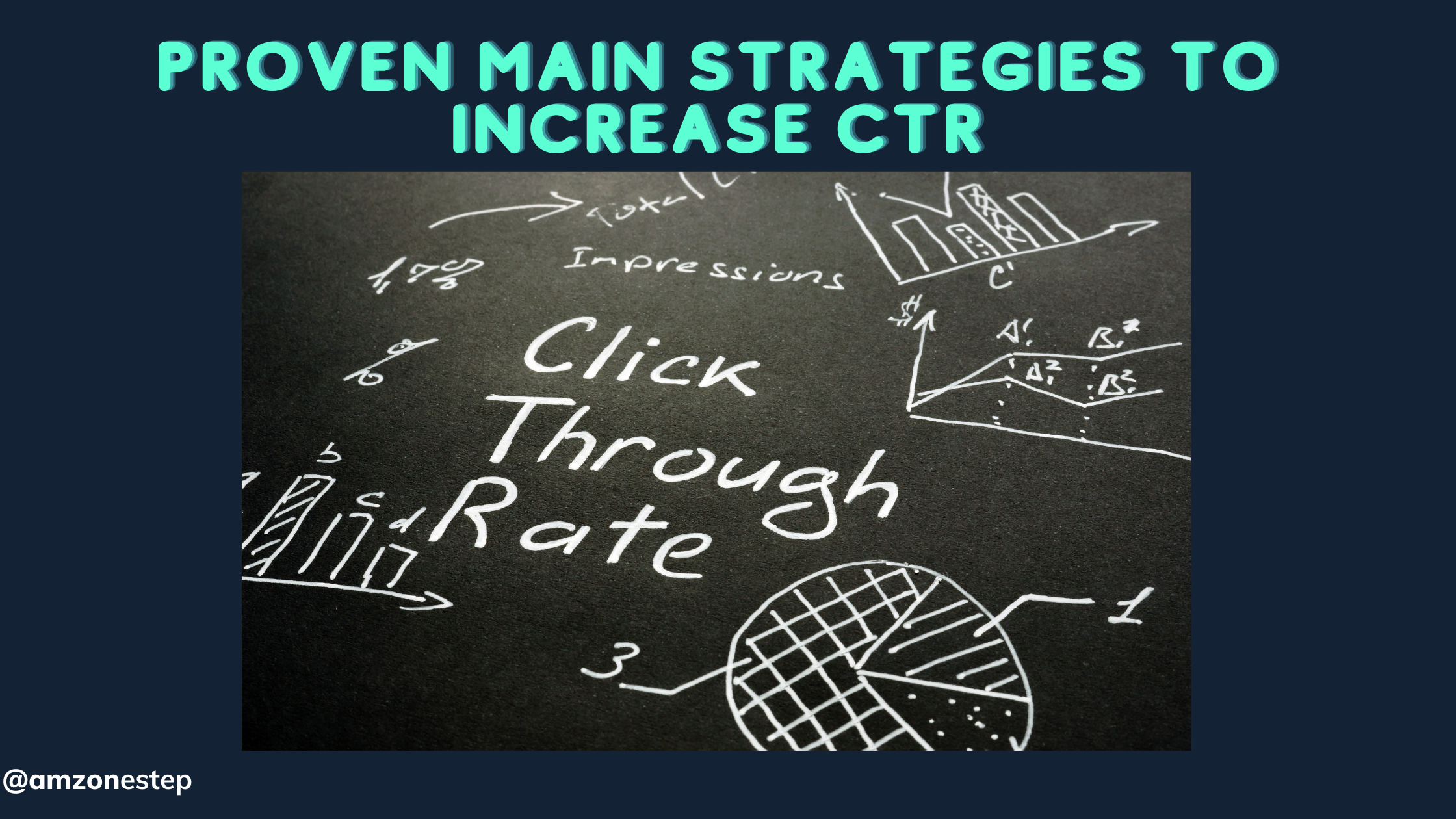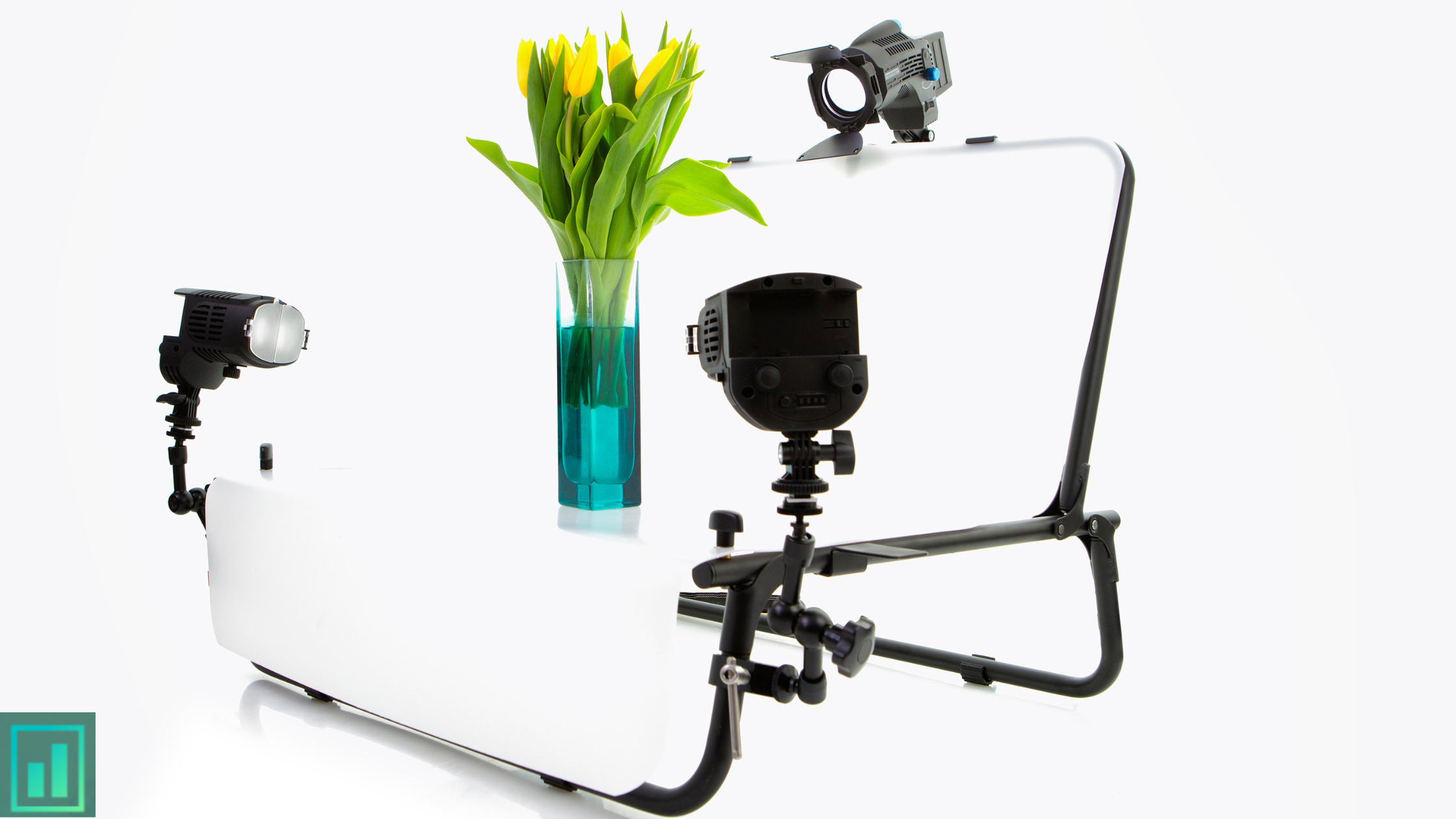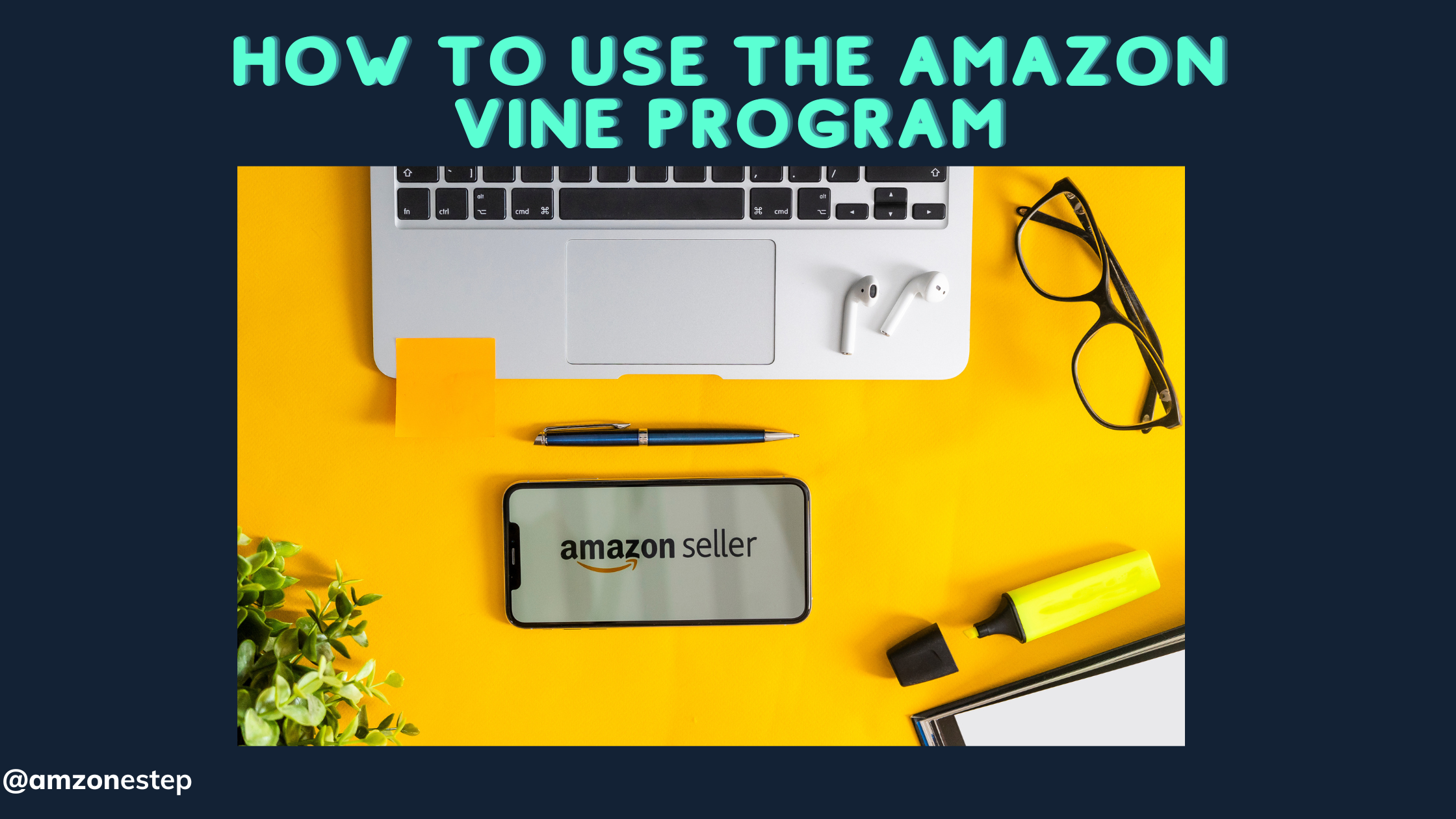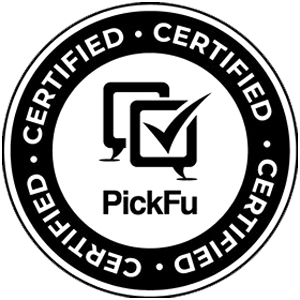If you want to be successful in e-commerce, you need to know both how to run a business and how to protect and promote your brand. As a top e-commerce site, Amazon gives buyers powerful tools to take their brand to the next level once they’re in the Amazon Brand Registry (ABR).
But one important requirement—and maybe the biggest obstacle to getting into the Amazon Brand Registry program—is getting your brand registered as a government trademark.
This guide is meant to help Amazon buyers understand how to register a trademark and give them the tools and information they need to be successful.
Understanding Amazon Brand Registry
Amazon Brand Registry is meant to work like copyright law and give sellers full control over their brand on the Amazon FBA, along with all the useful benefits that come with that.
Sellers who join ABR can use strong search and report tools, proactive brand policing, and other protections, as well as better marketing tools. Do you see the catch? To enroll, you must have a trademark that is currently listed with the US Patent and Trademark Office (USPTO).
Why it’s Important to Register a Trademark
A trademark is more than just an image or name for your business; it’s a sign of who you are and the quality of your products.
Not only does registering your trademark protect your brand from infringement, but it also gives you more legal power in case of a disagreement. This is the way for Amazon sellers to get all of the perks of ABR.
Protection Against Counterfeiters
Firstly, a trademark can help you keep fake versions of your business from getting out there. Fraudsters often sell low-quality goods that don’t meet your standards by using stolen brands.
Forgers will have a harder time doing business if you file your trademark, and you can sue them if they do. One seller might “hijack” your listing and start selling fake goods under your name, for instance. Anytime that happens, it might hurt your listings by causing bad reviews and customer concerns.
Brand Awareness
Additionally, a trademark can assist you in making people aware of your business. As soon as a customer sees your trademark on a product, they will start to think of certain traits that include quality, dependability, or value. By doing this, you can get more sales and draw new customers.
Step-by-Step Guide to Trademark Registration
Trademark Search
Before you apply, make sure that your brand name or logo isn’t already being used or registered by doing a full search. You’ll save time, money, and trouble with the law in the long run.
A good search should include the USPTO database, all state trademark databases that are available, and a broad search on the internet (yes, this means going past the first page of results).
Even though copyright law and business law are two different areas of law, a search of each state’s database of LLCs and corporations can also help you figure out if there are any trademark conflicts.
How to Pick Your Mark
Choose which parts of your brand need to be protected: your company name, logo, motto, or a mix of the three. Plus, the more parts you include, the better the protection. But you’ll have to show the USPTO that you’re using each one “commercially,” which means to promote and sell your goods.
Product listing images on Amazon are often great proof of use, and they can also help you figure out what your brand covers.
Application Preparation
Before you send in your application, make sure you have everything you need, such as your brand name, logo design files, proof that you have used your trademark in business, and a list of the products and services that your trademark will cover.
Filing Your Application
Make sure that all of the information is correct to avoid delays or rejects. Spend some time filling out the application, and make sure the information and proof you send in are correct.
Once you’ve sent in your application, you won’t be able to add to it or change it much, and the USPTO filing fees are non-refundable. A copyright lawyer can help you if you’re not sure about any part of the application.
Responding to Office Actions
Once you file, your application will be given to an inspector, who will decide whether it is complete or not. This judge may send you an “office action” if there are problems with your application or if they need more information or explanations.
There is a deadline for each office action, and even though you’ll have a chance to fix any problems or dispute any conflicts, an answer that is missing information or is wrong could lead to a final refusal. The chances of success will go up if you respond quickly and completely.
Approval and Registration
If your trademark is accepted, it will be registered, and you’ll get a digital registration certificate with a registration number that you can give to Amazon FBA so that they can finish the ABR. The whole USPTO filing process can take months, or even more than a year, so be patient and learn as much as you can.
How To Get A Trademark Fast For Amazon Brand Registry
Do you ever feel like your brand is moving slowly toward the Amazon Brand Registry while your competitors quickly pass you by?
It can be frustrating to have to wait to register a brand, especially if it keeps you from using the benefits of a Brand Registry. The Amazon IP Accelerator program saves the day as your brand security hero.
Quickly Filing a Trademark
The normal way to register a brand can take up to a year to finish. This game of waiting makes your Amazon business weak. The IP Accelerator program gets rid of the red tape by putting you in touch with experienced IP law companies that specialize in filing trademarks quickly.
Let’s say you’ve just released a new line of clever sports water bottles under the name “HydroActive.” You want to join the Brand Registry to protect your brand from fakes and get powerful tools for building your brand.
But because of how long it usually takes to register a trademark, your name could be out in the open for months. Working with an IP Accelerator law company can speed up the process a lot. Your trademark application could be looked over and approved within a few months.
Early Access to Brand Registry
One of the best things about the IP Accelerator program is that it lets you get into the Brand Registry early. Simply follow these steps:
If you use an IP Accelerator law firm to file your trademark application, you will be asked to join the Brand Registry before your trademark is even registered. This lets you start enjoying the program’s perks immediately, such as:
- Protect your brand against sellers and listings that aren’t approved and that copy your products.
- Make A+ material and use advanced advertising tools to tell the story of your brand and stand out from the rest.
- Get the coveted Amazon Brand Registry badge, which will reassure potential customers that your goods are real.
For example: Let us say you use an IP Accelerator service to file your “HydroActive” trademark application. You can use the Brand Registry tools right away while you wait for the legal registration.
Expert Guidance at Your Fingertips
Getting your head around the complicated laws regarding trademarks can be hard. You can get in touch with law firms through the IP Accelerator program which knows a lot about trademark law and Amazon’s Brand Registry standards. These professionals can give you great advice on:
- Make sure you protect the Most Important Parts of Your Brand, Like Your Name, Logo, or Slogan.
- Check to see if any trademarks might be in disagreement with yours before you file your application.
- The law company can help you get your trademark application approved if there are any problems during the registration process.
For instance, you’re not sure if “HydroActive” can be used as a name for your water bottle brand. By working with an IP Accelerator law company, you can use their knowledge.
They can do a full search for trademarks to find any that might be in disagreement with yours. The law company can also help you with your trademark application if any problems come up during the registration process.
Do’s and Don’ts of Designing for Merch by Amazon
You’ve got a great idea for a t-shirt design, and Merch by Amazon (MBA) wants you to make it. But before you hit “upload,” you need to avoid a design trap.
Do’s
T-shirts don’t always do well with designs that are too complicated or have lots of small features. If you want to make a strong visual effect, use big graphics, clear text, and a small color palette.
- Use what’s popular at the moment, but stay away from jokes or references that are too specific and could lose their appeal quickly. Pick patterns that are funny or important to the culture.
- Figure out who you’re writing for: For whom are you making the design? Playing video games, loving cats, or interested in history? To reach a more specific audience, make sure that your designs speak to a certain group.
- Different sizes of shirts will have your image on them. Make sure your artwork is made at a high quality (300 dpi or more) so that prints don’t come out fuzzy or with pixels.
- Don’t use transparency effects in your designs unless you’re going for a worn-out look. The way Merch by Amazon prints doesn’t allow transparency, so your design might not look the way you meant it to.
For example, let’s say you have a funny drawing of a cat in a spacesuit. Even though the idea is cute on its own, don’t add too many details, like tiny paw prints or a spaceship background with lots of small details.
Instead, pay attention to a clear, large picture of the cat in its spacesuit. This will make sure that the design looks good on the shirt and keeps its funny effect.
Don’t’s
- If you steal characters, names, or artwork that you own, that’s a big red flag. Make sure that any parts of your work are legal to use.
- You will get turned down if you use trademarked names, slogans, or logos. If it’s okay with the fair use rules, be artistic and come up with your designs or parodies.
- There will be no room for designs that encourage violence, hate speech, or discrimination. MBA tries to be a place where encouraging and welcoming designs can be shown.
- Do not make the words blurry or pixelated. For best readability, use fonts that are easy to read and make sure there is enough difference between the text color and the background color.
Let’s say you have an idea for a design that involves an iconic cartoon figure holding a bad sign. Now is the time to break someone’s rights! You should instead make up your figure that looks like them and give their sign a funny message. Don’t worry about copyright problems; this will make sure your design is unique.
Common Trademark Mistakes and How to Avoid Them
Every business is in a constant battle for customers’ trust, and your brand is like armor protecting you. Protecting your company identity from unauthorized use is what trademarks do.
Although copyright law can be hard to understand and avoid mistakes if you’re not careful. You can protect your business for a long time by learning about common trademark mistakes and how to avoid them.
Mistake #1: Selecting the Wrong Trademark Type
There are different kinds of trademarks, and each one protects things differently. If you choose the wrong type, some parts of your brand could be at risk.
How to Fix It
- Keep your brand’s words, phrases, or themes safe, like “Apple” or “Just Do It.”
- Keep names, symbols, or unique product designs safe, like the Nike swoosh or the Chanel double C.
- Some marks are a mix of words and pictures, like the Lacoste crocodile logo and the brand name.
For example, let’s say you run a bakery that is popular for its tasty cupcakes with a swirl design on them. If you only chose a word mark (“Swirlicious Cupcakes”), the unique look of your swirl design would not be protected.
You would need to apply for both a wordmark (for “Swirlicious Cupcakes”) and a design mark (for the swirl pattern) to get full protection.
Choosing a Descriptive or Generic Name
A trademark can’t just be a word or phrase that describes a good or service. Like, “Fresh Bread” wouldn’t be a brand that a bakery could use to protect its goods.
How To Fix It
Think outside the box! Choose names that are unique, easy to remember, and set you apart from others. Think about using made-up words, wordplay, or word combinations that don’t exactly explain what your product does.
Instead of “The Sleep Store,” a better, more unique name would be “Slumber Haven” or “Dreamscape.” The names are unique, and easy to remember, and don’t just say that the store sells things related to sleep.
Strategies for Recently Trademarked Phrases
Trademark law can feel like an environment that is always changing. You might be confused when a phrase you’ve been using without any problems for years shows up on a trademark register.
You can make sure your business stays legal and communicates clearly by following these tips for dealing with newly trademarked terms.
Learning the Details of Protecting Your Trademark
Each trademark filing is different. Consider these things:
- Trademarks cover certain uses within certain groups. If a phrase is trademarked for clothes, for instance, it might not be protected when used in blog posts.
- In some situations, like when criticizing, commenting, or reporting the news, even words that are patently protected can be used. It is legal to keep using the word as long as it doesn’t violate the trademark.
For instance: Let’s say you’ve been advertising your line of eco-friendly yoga clothes with the phrase “Eco-Active Lifestyle.” A new brand of sportswear files the same phrase as a trademark.
But it’s possible that this brand only covers the clothes themselves and not how they’re used in ads. According to fair use, you might still be able to use “Eco-Active Lifestyle” in your blog posts or on social media.
Steps to Take if Your Design is Trademarked
So, after putting your whole heart and soul into making a great design, you find out that it violates an existing brand.
Don’t worry! If you find a trademarked design, it can feel like a loss, but there are things you can do to fix the problem and maybe save your design or find a new creative path. Here is a plan to help you get around this unexpected turnoff:
Assess the Trademark Scope
There are different kinds of brands out there. Here’s what you need to understand:
- The trademark may only cover the design of a certain type of business or product. One image for a clothing brand might not be protected by a trademark if it is used on a coffee mug.
- If your design is very different from the trademarked one, it might be protected by the fair use law. This means you can keep using it for things like criticism, commentary, or news reporting.
Let’s say you made a one-of-a-kind t-shirt with a red spiral design. When you launch, you see that a drinks company has a trademark on a similar starburst logo. However, their trademark may only allow the image to be used on drinks and not on clothes.
You might be able to get away with this, especially if your t-shirt design uses the circle along with other elements to make a unique artistic statement.
Contact the Trademark Owner
Talking to the owner of a brand can be a good idea in some situations. Describe your situation and the different style options. They may be willing to let you use the idea as long as you follow some rules.
Let’s say you made a logo for your new bakery that looks a lot like the trademarked logo of another bakery business. You might find out that they’re only protecting their brand in a certain area if you contact them. They might let you use their logo in your local business if your shop is in a different place.
Consider Modifications
It’s possible to get a unique look and feel by changing your design if the brand infringement is clear. Here are some strategies:
- To give your design a new look, change its shape, color scheme, or general structure.
- To make your original idea stand out from the protected design, add new design elements to it.
- It might not be ideal, but sometimes a full redesign is needed to make sure everything is legal and follows the rules.
For example, you made a phone case with the shape of a cat print on it. Unfortunately, you find a trademarked paw print that looks a lot like the one you saw.
You can change your design by adding features to the paw print, like hearts or stripes, or you can use different animal parts to make a whole new design.
How to Report Trademark Infringement on Amazon
Your brand can be protected if you find copyright infringement on Amazon FBA. You can report it and take action. You may file it in this way.
- To back up your claim, gather all the proof and paperwork you need. In this, you could put information about your registered trademark, proof that it has been used before, examples of listings that break the law, and anything else that is important.
- Enter correct and complete details about the violation on Amazon’s Intellectual Property Rights Infringement Report page. Include your contact information, information about the item that you think violates your trademark rights, and a description of the listing in question.
Explore best practices for maintaining trademark compliance and resolving trademark claims on Amazon.
Find out the steps you need to take to secure your trademark with AMZ One Step

Hi there! I’m the content marketing and branding specialist for AMZ One Step. I work hard to create engaging and informative content that helps our readers learn more about Amazon selling and how to make the most of their businesses. I love spending time with my family and exploring literary works when I’m not writing or working on projects.
